|
Theo Adam
Theo Adam (1 August 1926 – 10 January 2019) was a German operatic bass-baritone and bass singer who had an international career in opera, concert and recital from 1949. He was a member of the Staatsoper Dresden for his entire career, and sang at the Bayreuth Festival from 1952 to 1980. He particularly excelled in portraying roles by Richard Wagner, especially Wotan in ''Der Ring des Nibelungen'', which he also performed at the Metropolitan Opera, among others. In concert, he was a much admired Bach singer and also drew acclaim for his interpretation of the title character of Mendelssohn's ''Elijah''. He was a voice teacher at the Musikhochschule Dresden. Career Born in Dresden, Adam sang with the Dresdner Kreuzchor as a boy from 1936 to 1942. He served in the German Army in World War II. He studied singing privately with Rudolf Dietrich between 1946 and 1949. He made his professional debut at the Staatsoper Dresden as Czernikowski in Mussorgsky's '' Boris Godunov'' in 1949, ... [...More Info...] [...Related Items...] OR: [Wikipedia] [Google] [Baidu] |
Dresden
Dresden (, ; Upper Saxon: ''Dräsdn''; wen, label=Upper Sorbian, Drježdźany) is the capital city of the German state of Saxony and its second most populous city, after Leipzig. It is the 12th most populous city of Germany, the fourth largest by area (after Berlin, Hamburg and Cologne), and the third most populous city in the area of former East Germany, after Berlin and Leipzig. Dresden's urban area comprises the towns of Freital, Pirna, Radebeul, Meissen, Coswig, Radeberg and Heidenau and has around 790,000 inhabitants. The Dresden metropolitan area has approximately 1.34 million inhabitants. Dresden is the second largest city on the River Elbe after Hamburg. Most of the city's population lives in the Elbe Valley, but a large, albeit very sparsely populated area of the city east of the Elbe lies in the West Lusatian Hill Country and Uplands (the westernmost part of the Sudetes) and thus in Lusatia. Many boroughs west of the Elbe lie in the foreland of th ... [...More Info...] [...Related Items...] OR: [Wikipedia] [Google] [Baidu] |
Berlin State Opera
The (), also known as the Berlin State Opera (german: Staatsoper Berlin), is a listed building on Unter den Linden boulevard in the historic center of Berlin, Germany. The opera house was built by order of Prussian king Frederick the Great from 1741 to 1743 according to plans by Georg Wenzeslaus von Knobelsdorff in the Palladian style. Damaged during the Allied bombing in World War II, the former Royal Prussian Opera House was rebuilt from 1951 to 1955 as part of the Forum Fridericianum square. Nicknamed ''Lindenoper'' in Berlin, it is "the first theater anywhere to be, by itself, a prominent, freestanding monumental building in a city." History Names Originally called the ''Königliche Oper'' (Royal Opera) from 1743, it was renamed as the ''Preußische Staatsoper'' (Prussian State Opera) in 1919, then as the ''Deutsche Staatsoper '' in 1955. Until 1990, it housed the state opera of East Germany. Since 1990, it is officially called the ''Staatsoper Unter den Linden'' (State ... [...More Info...] [...Related Items...] OR: [Wikipedia] [Google] [Baidu] |
Fidelio
''Fidelio'' (; ), originally titled ' (''Leonore, or The Triumph of Marital Love''), Op. 72, is Ludwig van Beethoven's only opera. The German libretto was originally prepared by Joseph Sonnleithner from the French of Jean-Nicolas Bouilly, with the work premiering at Vienna's Theater an der Wien on 20 November 1805. The following year, Stephan von Breuning helped shorten the work from three acts to two. After further work on the libretto by Georg Friedrich Treitschke, a final version was performed at the Kärntnertortheater on 23 May 1814. By convention, both of the first two versions are referred to as ''Leonore''. The libretto, with some spoken dialogue, tells how Leonore, disguised as a prison guard named "Fidelio", rescues her husband Florestan from death in a political prison. Bouilly's scenario fits Beethoven's aesthetic and political outlook: a story of personal sacrifice, heroism, and eventual triumph. With its underlying struggle for liberty and justice mirrori ... [...More Info...] [...Related Items...] OR: [Wikipedia] [Google] [Baidu] |
Theater An Der Wien
The is a historic theatre in Vienna located on the Left Wienzeile in the Mariahilf district. Completed in 1801, the theatre has hosted the premieres of many celebrated works of theatre, opera, and symphonic music. Since 2006, it has served primarily as an opera house, hosting its own company. Although "" is German for "Vienna", the "" in the name of the theatre is actually the name of the Wien River, which once flowed by the theatre site; "" means "on the banks of the Wien". In modern times, the river has been covered over in this location and the covered riverbed now houses the Naschmarkt, an open-air market. The theatre is operated in cooperation with Vereinigte Bühnen Wien (VBW) which also operates the Raimund Theater and the . History Early history The theatre was the brainchild of the Viennese theatrical impresario Emanuel Schikaneder, who is best known as Mozart's librettist and collaborator on the opera '' The Magic Flute'' (1791). Schikaneder's troupe had ... [...More Info...] [...Related Items...] OR: [Wikipedia] [Google] [Baidu] |
Wozzeck
''Wozzeck'' () is the first opera by the Austrian composer Alban Berg. It was composed between 1914 and 1922 and first performed in 1925. The opera is based on the drama ''Woyzeck'', which the German playwright Georg Büchner left incomplete at his death. Berg attended the first production in Vienna of Büchner's play on 5 May 1914, and knew at once that he wanted to base an opera on it. (At the time, the play was still known as ''Wozzeck'', due to an incorrect transcription by Karl Emil Franzos, who was working from a barely-legible manuscript; the correct title would not emerge until 1921.) From the fragments of unordered scenes left by Büchner, Berg selected 15 to form a compact structure of three acts with five scenes each. He adapted the libretto himself, retaining "the essential character of the play, with its many short scenes, its abrupt and sometimes brutal language, and its stark, if haunted, realism..." The plot depicts the everyday lives of soldiers and the townspeo ... [...More Info...] [...Related Items...] OR: [Wikipedia] [Google] [Baidu] |
Der Rosenkavalier
(''The Knight of the Rose'' or ''The Rose-Bearer''), Op. 59, is a comic opera in three acts by Richard Strauss to an original German libretto by Hugo von Hofmannsthal. It is loosely adapted from the novel ''Les amours du chevalier de Faublas'' by Louvet de Couvrai and Molière's comedy ''Monsieur de Pourceaugnac''. It was first performed at the Königliches Opernhaus in Dresden on 26 January 1911 under the direction of Max Reinhardt, Ernst von Schuch conducting. Until the premiere, the working title was ''Ochs auf Lerchenau''. (The choice of the name Ochs is not accidental, for in German "Ochs" means "ox", which describes the character of the Baron throughout the opera.) The opera has four main characters: the aristocratic Marschallin; her very young lover, Count Octavian Rofrano; her brutish cousin Baron Ochs; and Ochs' prospective fiancée, Sophie von Faninal, the daughter of a rich bourgeois. At the Marschallin's suggestion, Octavian acts as Ochs' ''Rosenkavalier'' by prese ... [...More Info...] [...Related Items...] OR: [Wikipedia] [Google] [Baidu] |
Salzburg Festival
The Salzburg Festival (german: Salzburger Festspiele) is a prominent festival of music and drama established in 1920. It is held each summer (for five weeks starting in late July) in the Austrian town of Salzburg, the birthplace of Wolfgang Amadeus Mozart. One highlight is the annual performance of the play '' Jedermann'' (''Everyman'') by Hugo von Hofmannsthal. Since 1967, an annual Salzburg Easter Festival has also been held, organized by a separate organization. History Music festivals had been held in Salzburg at irregular intervals since 1877 held by the International Mozarteum Foundation but were discontinued in 1910. Although a festival was planned for 1914, it was cancelled at the outbreak of World War I. In 1917, Friedrich Gehmacher and Heinrich Damisch formed an organization known as the ''Salzburger Festspielhaus-Gemeinde'' to establish an annual festival of drama and music, emphasizing especially the works of Mozart. At the close of the war in 1918, the festival' ... [...More Info...] [...Related Items...] OR: [Wikipedia] [Google] [Baidu] |
Royal Opera House
The Royal Opera House (ROH) is an opera house and major performing arts venue in Covent Garden, central London. The large building is often referred to as simply Covent Garden, after a previous use of the site. It is the home of The Royal Opera, The Royal Ballet, and the Orchestra of the Royal Opera House. The first theatre on the site, the Theatre Royal (1732), served primarily as a playhouse for the first hundred years of its history. In 1734, the first ballet was presented. A year later, the first season of operas, by George Frideric Handel, began. Many of his operas and oratorios were specifically written for Covent Garden and had their premieres there. The current building is the third theatre on the site, following disastrous fires in 1808 and 1856 to previous buildings. The façade, foyer, and auditorium date from 1858, but almost every other element of the present complex dates from an extensive reconstruction in the 1990s. The main auditorium seats 2,256 people ... [...More Info...] [...Related Items...] OR: [Wikipedia] [Google] [Baidu] |
Der Fliegende Holländer
' (''The Flying Dutchman''), WWV 63, is a German-language opera, with libretto and music by Richard Wagner. The central theme is redemption through love. Wagner conducted the premiere at the Königliches Hoftheater Dresden in 1843. Wagner claimed in his 1870 autobiography '' Mein Leben'' that he had been inspired to write the opera following a stormy sea crossing he made from Riga to London in July and August 1839. In his 1843 '' Autobiographic Sketch'', Wagner acknowledged he had taken the story from Heinrich Heine's retelling of the legend in his 1833 satirical novel ''The Memoirs of Mister von Schnabelewopski'' (''Aus den Memoiren des Herrn von Schnabelewopski''). This work shows early attempts at operatic styles that would characterise his later music dramas. In ''Der fliegende Holländer'' Wagner uses a number of leitmotifs (literally, "leading motifs") associated with the characters and themes. The leitmotifs are all introduced in the overture, which begins with a w ... [...More Info...] [...Related Items...] OR: [Wikipedia] [Google] [Baidu] |
Der Ring Des Nibelungen
(''The Ring of the Nibelung''), WWV 86, is a cycle of four German-language epic music dramas composed by Richard Wagner. The works are based loosely on characters from Germanic heroic legend, namely Norse legendary sagas and the ''Nibelungenlied''. The composer termed the cycle a "Bühnenfestspiel" (stage festival play), structured in three days preceded by a ("preliminary evening"). It is often referred to as the ''Ring'' cycle, Wagner's ''Ring'', or simply ''The Ring''. Wagner wrote the libretto and music over the course of about twenty-six years, from 1848 to 1874. The four parts that constitute the ''Ring'' cycle are, in sequence: * ''Das Rheingold'' (''The Rhinegold'') * ''Die Walküre'' (''The Valkyrie'') * ''Siegfried'' * ''Götterdämmerung'' (''Twilight of the Gods'') Individual works of the sequence are often performed separately, and indeed the operas contain dialogues that mention events in the previous operas, so that a viewer could watch any of them without ... [...More Info...] [...Related Items...] OR: [Wikipedia] [Google] [Baidu] |
Das Rheingold
''Das Rheingold'' (; ''The Rhinegold''), WWV 86A, is the first of the four music dramas that constitute Richard Wagner's '' Der Ring des Nibelungen'' (English: ''The Ring of the Nibelung''). It was performed, as a single opera, at the National Theatre Munich on 22 September 1869, and received its first performance as part of the ''Ring'' cycle at the Bayreuth Festspielhaus, on 13 August 1876. Wagner wrote the ''Ring'' librettos in reverse order, so that ''Das Rheingold'' was the last of the texts to be written; it was, however, the first to be set to music. The score was completed in 1854, but Wagner was unwilling to sanction its performance until the whole cycle was complete; he worked intermittently on this music until 1874. The 1869 Munich premiere of ''Das Rheingold'' was staged, much against Wagner's wishes, on the orders of his patron, King Ludwig II of Bavaria. Following its 1876 Bayreuth premiere, the ''Ring'' cycle was introduced into the worldwide repertory, with p ... [...More Info...] [...Related Items...] OR: [Wikipedia] [Google] [Baidu] |
Parsifal
''Parsifal'' ( WWV 111) is an opera or a music drama in three acts by the German composer Richard Wagner and his last composition. Wagner's own libretto for the work is loosely based on the 13th-century Middle High German epic poem '' Parzival'' of the '' Minnesänger'' Wolfram von Eschenbach, recounting the story of the Arthurian knight Parzival (Percival) and his quest for the Holy Grail. Wagner conceived the work in April 1857, but did not finish it until 25 years later. In composing it he took advantage of the particular acoustics of his Bayreuth Festspielhaus. ''Parsifal'' was first produced at the second Bayreuth Festival in 1882. The Bayreuth Festival maintained a monopoly on ''Parsifal'' productions until 1903, when the opera was performed at the Metropolitan Opera in New York. Wagner described ''Parsifal'' not as an opera, but as (a festival play for the consecration of the stage). At Bayreuth a tradition has arisen that audiences do not applaud at the end o ... [...More Info...] [...Related Items...] OR: [Wikipedia] [Google] [Baidu] |
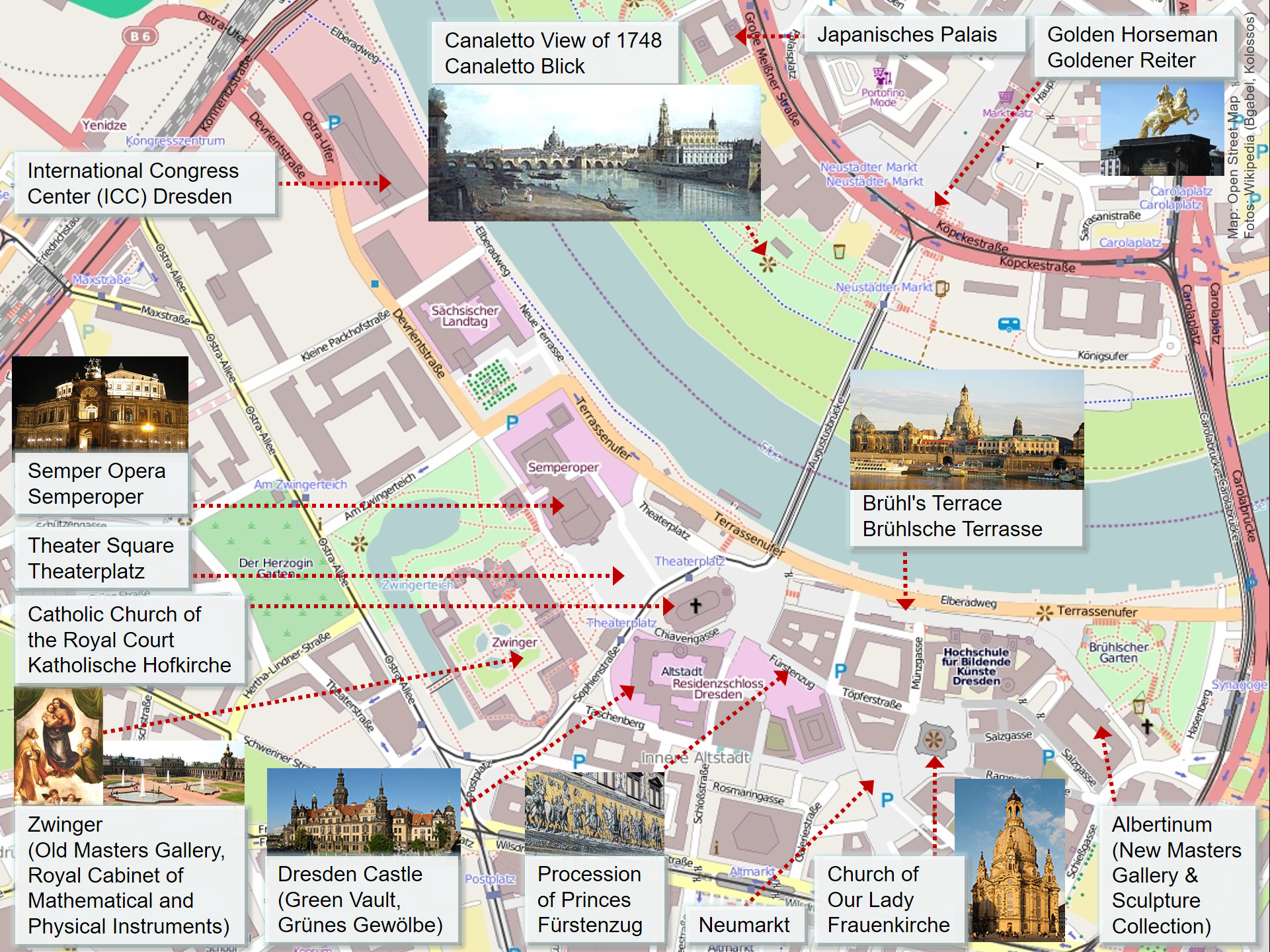
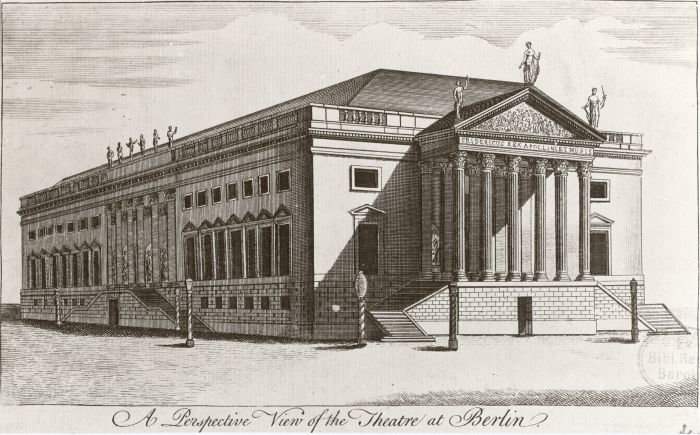

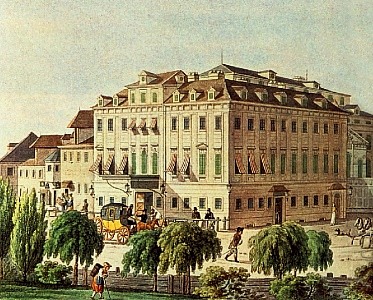
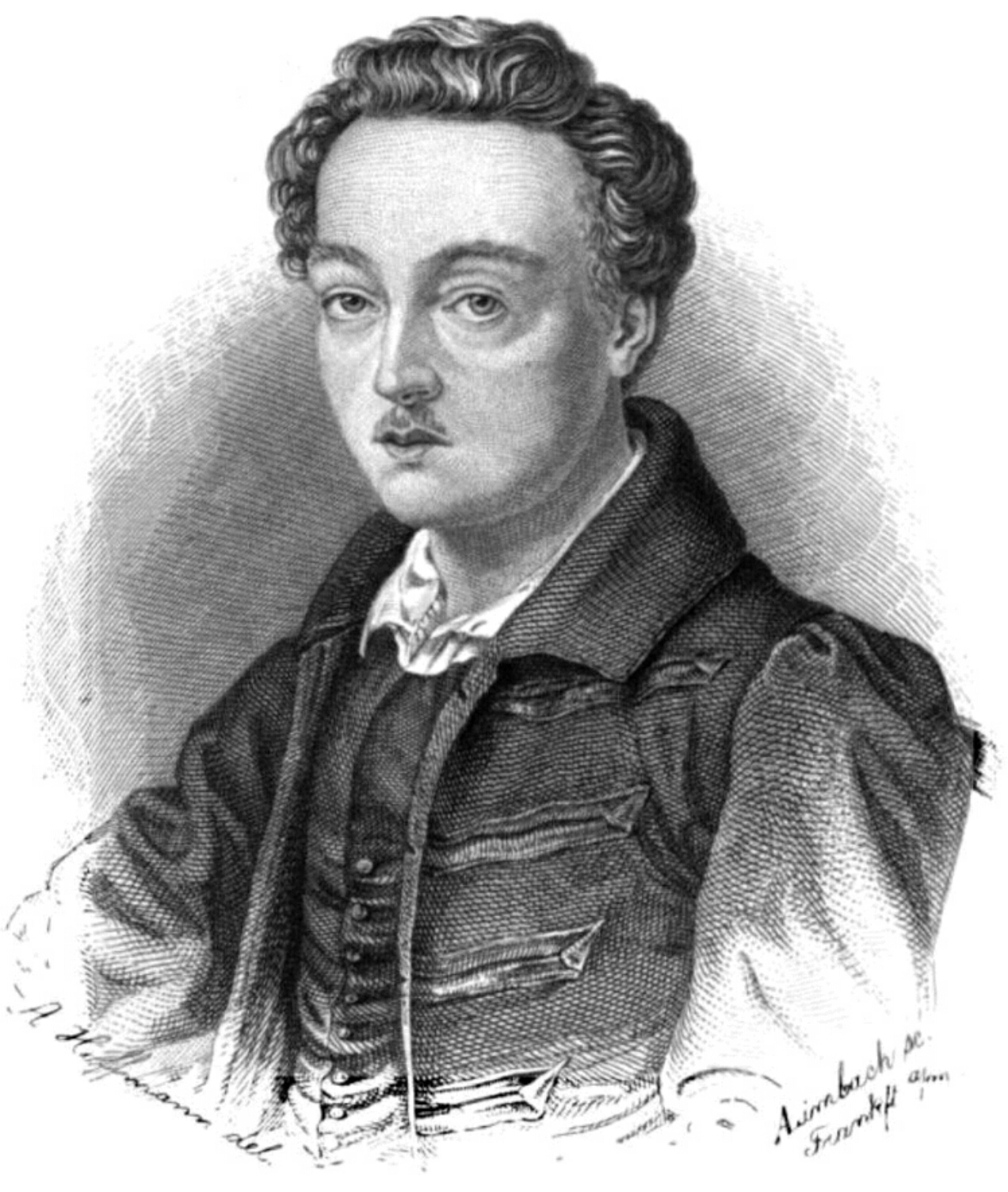

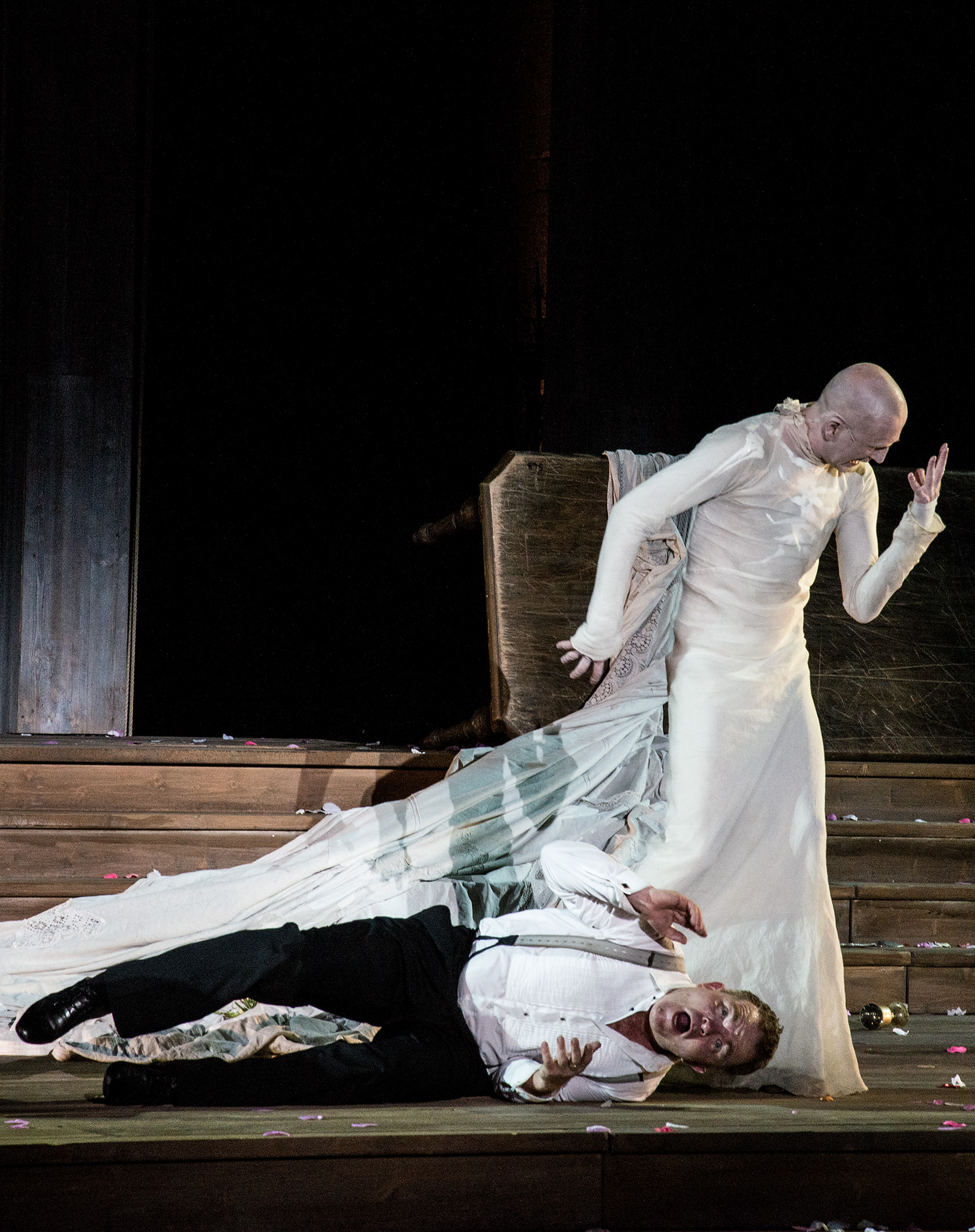
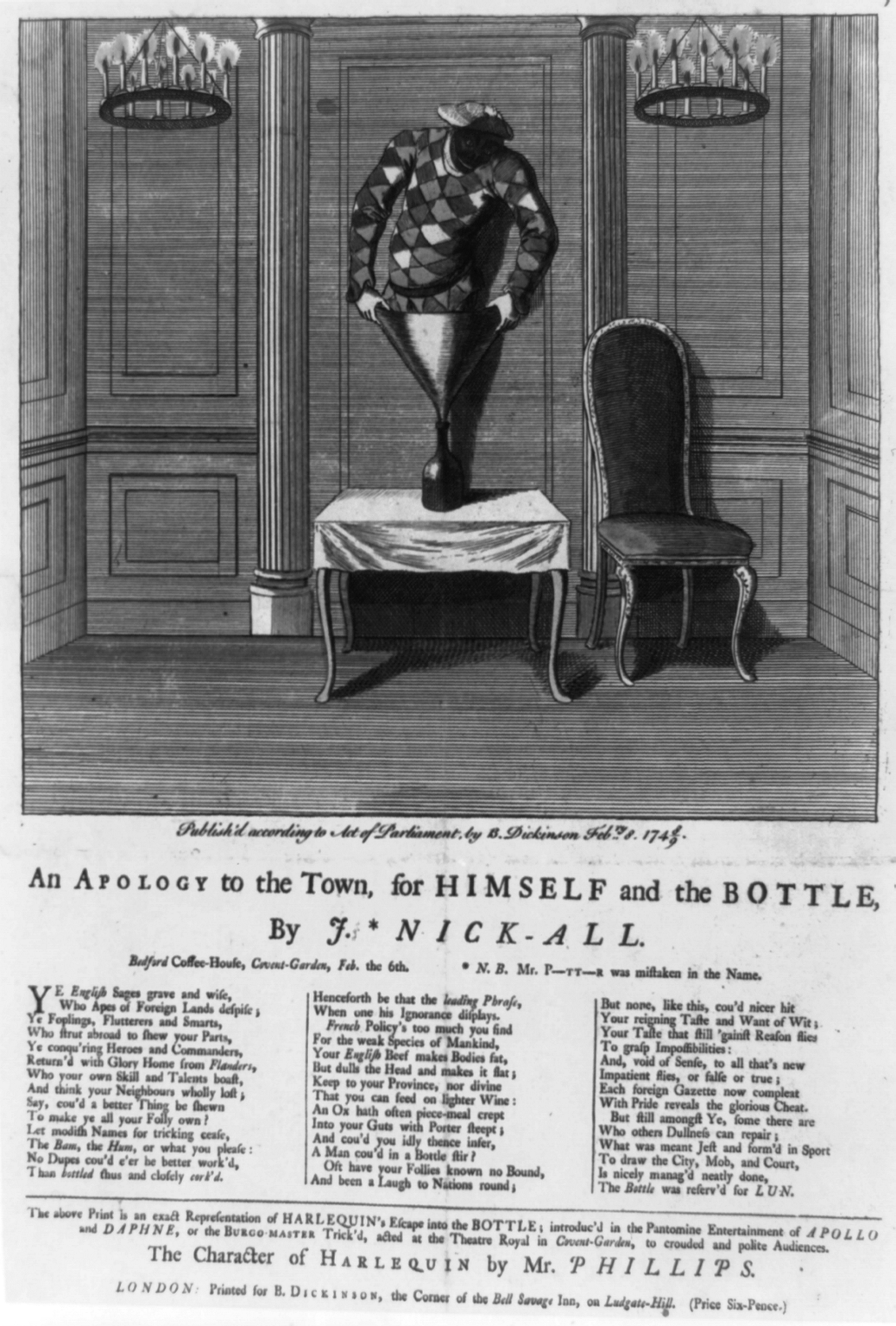
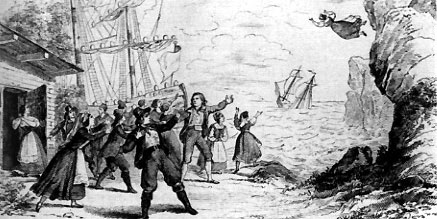
.jpg)
_by_Max_Brückner.jpg)